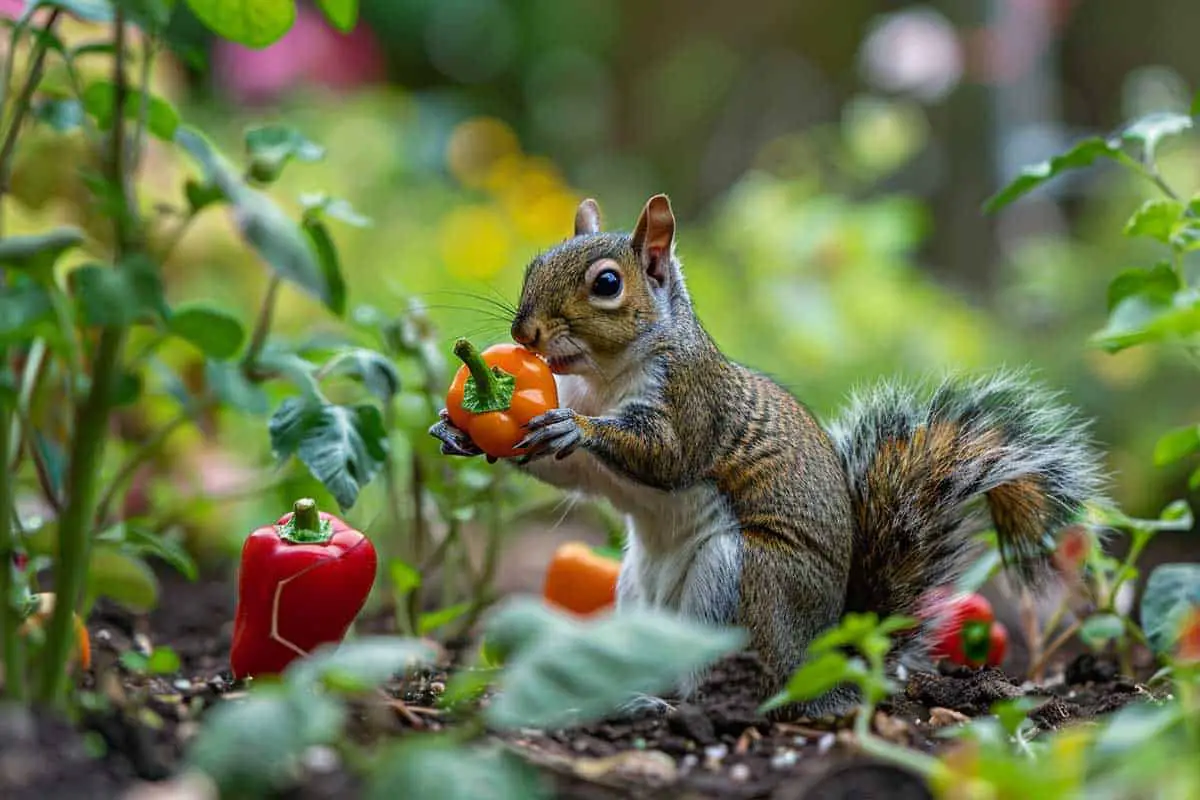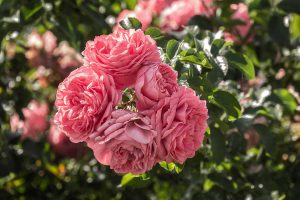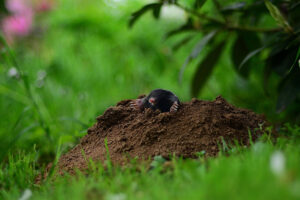This page may contain affiliate links. If you click and buy, we might get a small commission at no cost to you.
Bell peppers are a common fruit that many people like. If you have been considering planting bell peppers in your garden, you may have already thought about what animals eat bell peppers. From insects to mammals, a surprising number of creatures consider bell peppers a delicious treat.
In this article, we’ll look at some of the bell pepper predators and explore the different animals that love to feast on these crunchy fruits.
1. Squirrels
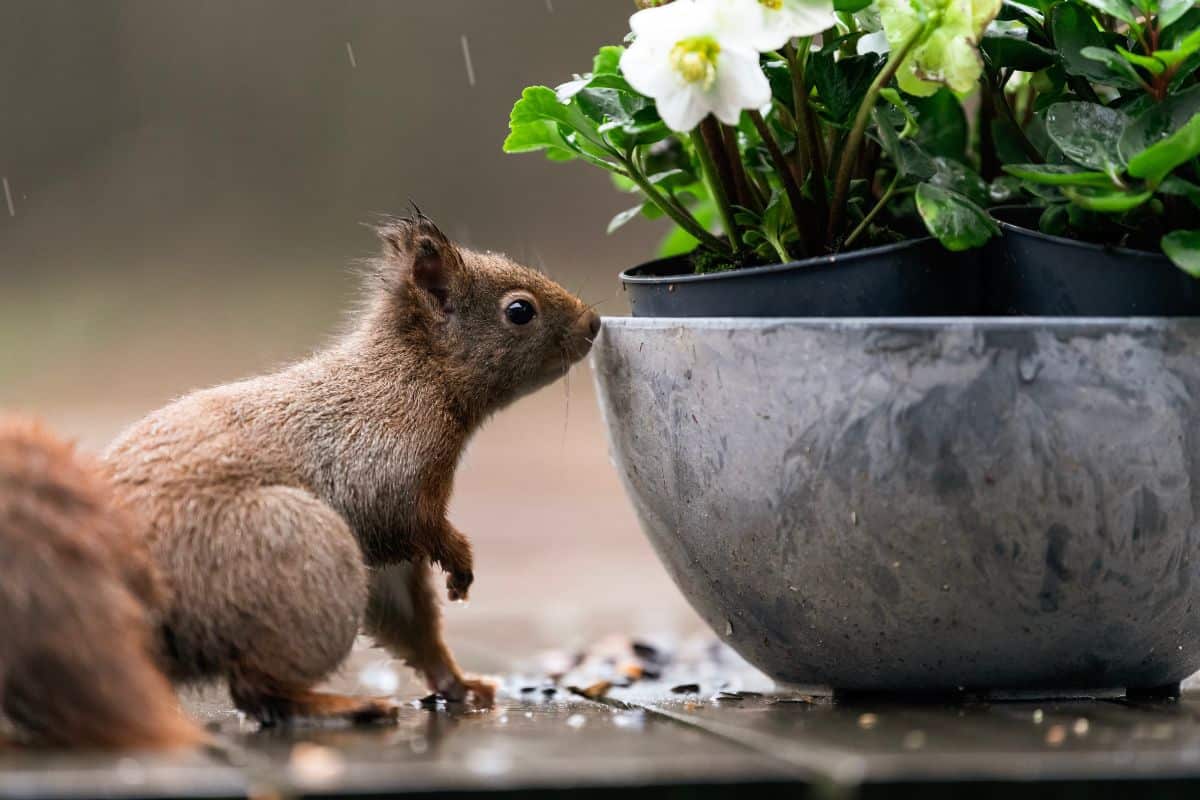
- Scientific Name: Sciurus carolinensis
The squirrels are rodents that live in trees and eat nuts and seeds. These furry animals usually live in wooded areas with many trees for them to climb up and down. Their diet typically consists of different kinds of plants, such as nuts, seeds, the bark of trees, and a wide variety of others, including bell peppers.
It’s not common for squirrels to eat peppers because of a substance called capsaicin, which is found in peppers. However, bell peppers contain no capsaicin, so these furry rodents can eat them when they’re hungry.
2. Cabbage loopers
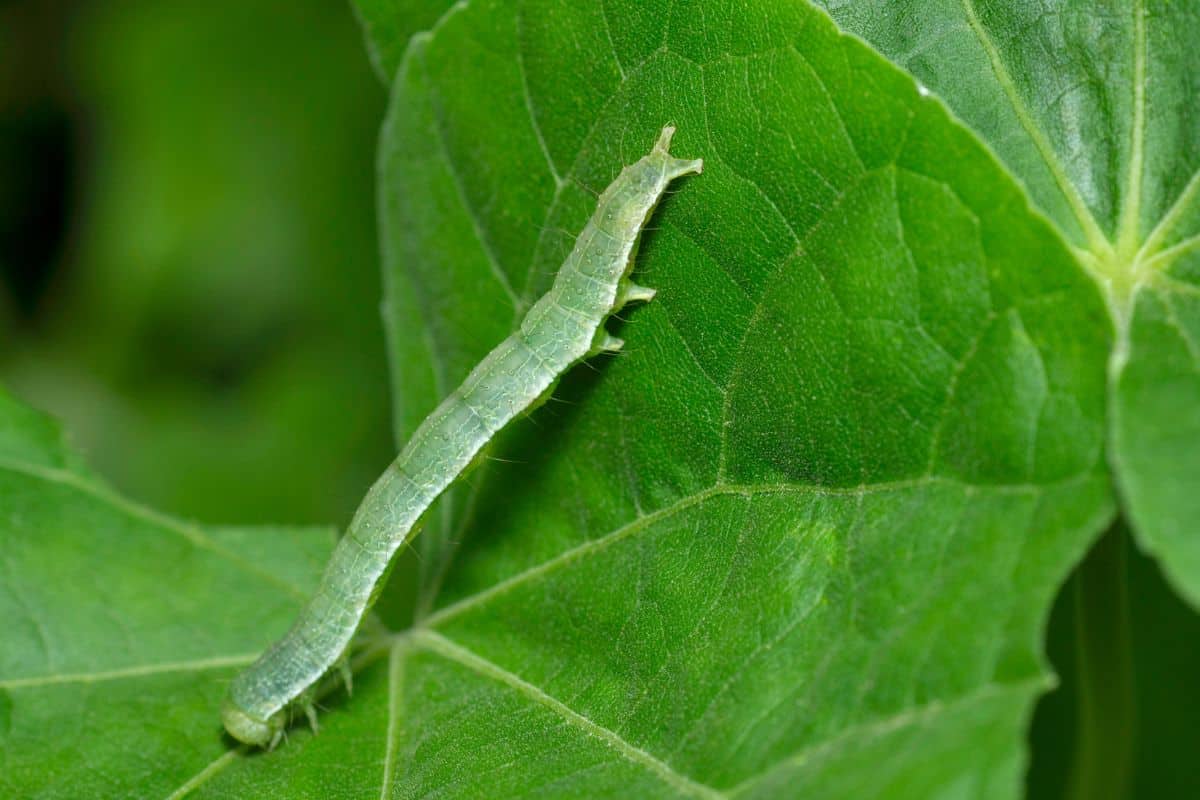
- Scientific Name: Trichoplusia ni
The cabbage loopers are the larvae of a medium-sized moth that lives in North America and Eurasia. They’re known for consuming a wide variety of cruciferous plants, including potatoes, cabbage, collards, broccoli, and many others. However, these little creatures will also eat some of the bell peppers that you have in your garden.
These caterpillars can also be found living in numerous crops, as this is where the majority of the adult moths lay their eggs. Once they emerge from their eggs, they’ll begin munching on the host plant’s leaves and fruit.
3. Snails
- Scientific Name: Appalachina chilhoweensis
Snails are invertebrates that live in environments that are moist or damp. Slugs and snails have very similar appearances, but snails have shells on their bodies. Although they’re most commonly seen feeding on plants like broccoli, lettuce, and spinach, these slimy creatures will also consume other plants like carrots and bell peppers.
So, you might also see some of these shelled creatures munching on the leaves and fruit of your bell pepper plants.
4. Rabbits

- Scientific Name: Oryctolagus cuniculus
The rabbits are one of the animals that eat bell peppers to stay healthy. These creatures are discovered in a wide range of environments all over the world, including woodlands and grasslands. Rabbits are herbivores and get most of their nutrition from grasses and vegetables.
Eating bell peppers can provide a significant amount of nutritional value to rabbits due to the high water content and high vitamin content of bell peppers. Water helps keep these animals hydrated, and vitamin content helps provide nutrients to rabbits.
5. Deer
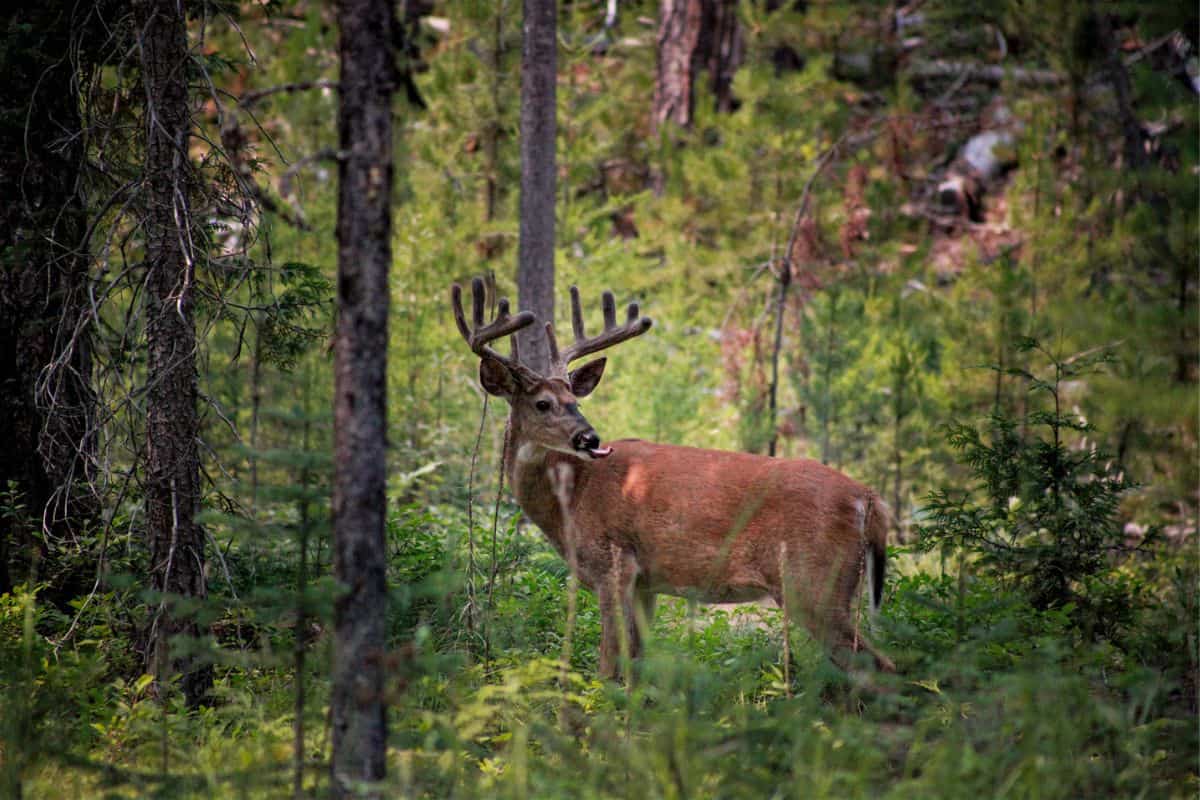
- Scientific Name: Odocoileus virginianus
Deer are a species of animal that inhabit forests, woods, and scrublands. A deer’s diet consists mainly of plants, and they’re one of the animals that’ll eat some of the fruit that you grow in your garden, including bell peppers.
Since bell peppers are a type of nightshade, a plant family that most deer avoid, these animals usually ignore them. However, if they come across some sweet bell peppers, they may consume them, although not to the same point as other animals.
One tactic to keep deer away from your garden is to offer them food in another location of your backyard. Here is a list of things you can feed a deer, maybe in the far corner of your yard well away from the garden.
- Corn
- Apples
- Carrots
- Sweet potatoes
- Hay or alfalfa
6. Tomato hornworms
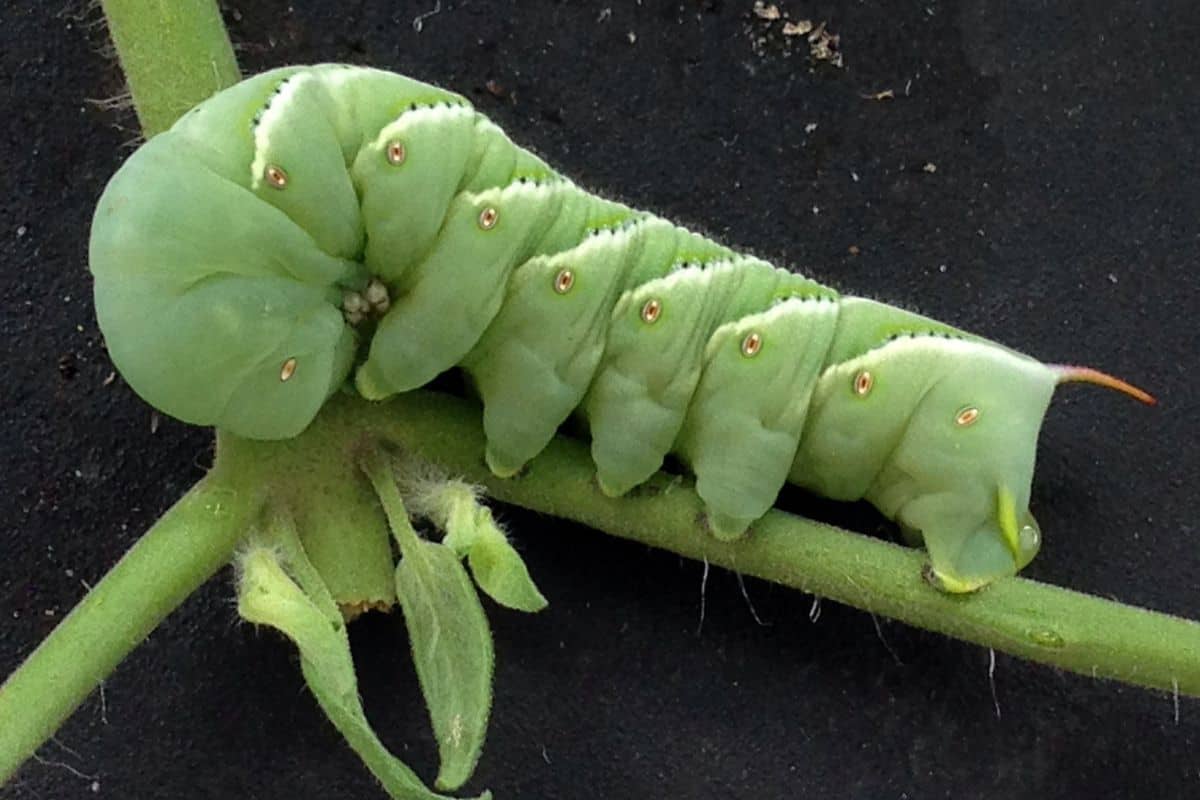
- Scientific Name: Manduca sexta
The tomato hornworms can feed on a wide range of nightshade plants, such as potatoes, bell peppers, and eggplants. As a result, there may be a large number of hornworms in gardens, and they can cause significant damage to a wide variety of plant species.
These hornworms are typically between 3 and 4 inches in length and have a green coloration. They’ll eat these plants’ leaves, stems, and fruits until there are big, open scars on the plants themselves.
7. Pepper Weevils
- Scientific Name: Anthonomus eugenii Cano
Pepper weevils are a type of beetle that can be found in the southern United States, from Florida to California. They’re responsible for the infection of many pepper plants and may also cause significant harm to bell peppers.
The larvae of these creatures can feed on the interior of the fruits, causing them to fall off the plant prematurely. Bell peppers are a favorite food of adults, and they have been spotted eating both the fruit and the bud of the plant.
8. Birds
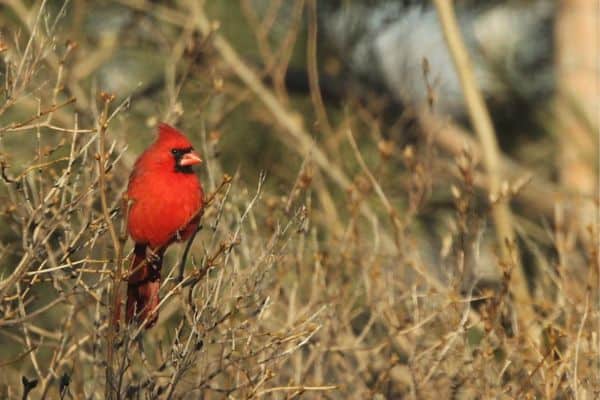
- Scientific Name: Cardinalis cardinalis
Birds are a type of animal that can glide through the air thanks to their feathers and their wings. These creatures make their homes in a wide variety of habitats, the most common of which are grasslands and forests, and most of their diet consists of seeds and insects.
However, some species of birds, such as the curve-billed thrasher, the northern cardinal, and the northern mockingbird, will also consume vegetables and fruits, such as bell peppers.
Some of these birds may be seen eating bell peppers, especially if they’re in areas close to their food sources or feeders.
9. Flower thrips
- Scientific Name: Frankliniella tritici
Flower thrips are insect species commonly found in the eastern region of the United States. These insects are able to infest a wide variety of plants, including cotton, eggplant, peach, bell pepper, and tomato. Because of their tiny size, it may be difficult to spot these creatures, but they’re capable of causing abundant damage to the plant as a whole.
They eat the new leaves as they grow, making them look crooked when they‘re full-grown.
10. Spider Mites

- Scientific Name: Tetranychus urticae
The spider mites are insects that live on the underside of leaves. They’re very small and are among the animals that eat bell peppers. These insects got their name from the silky webs that they produce on the leaves that they infest.
Because of their quick rate of reproduction and ability to completely take over a plant, spider mites are a common problem for those who are cultivating bell pepper plants. They do this by drinking the sap of the leaves until the plant loses its nutrition.
11. Slugs
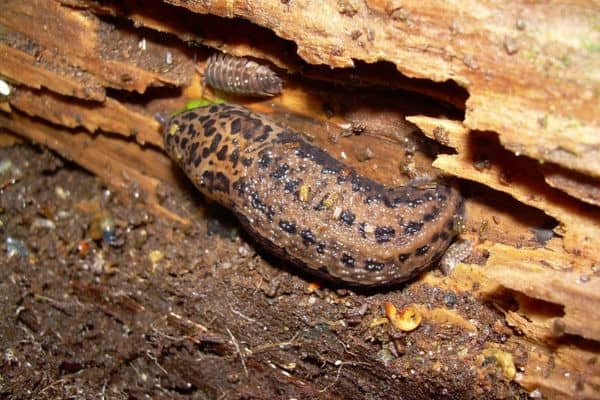
- Scientific Name: Limax maximus
Slugs are creatures that have a slimy appearance, prefer to live in damp environments, and consume plants. Most of the time, they live in gardens and other damp and wet places.
These creatures feed almost exclusively on the plant leaves, but they’re also interested in the fruits of the plants, including bell peppers. They’re typically drawn to the ripe fruits, which can result in your plants having holes in them.
12. White Flies
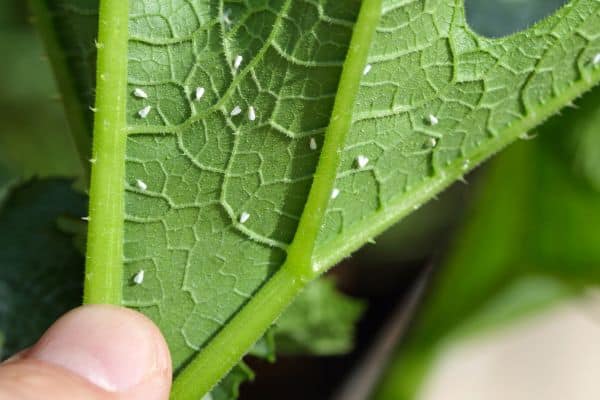
- Scientific Name: Bemisia tabaci
White Flies are a type of insect that have been known to eat bell pepper plants. They‘re most common in tropical and subtropical climates, but can be discovered in a wide variety of other environments as well. The widespread damage this insect causes to the plants it uses as a host has made it a major agricultural pest in many regions.
You can typically find them hiding under the leaves, and they cause damage to the plants by sucking the sap out of the leaves and covering them with sticky honeydew. This opens the door for the growth of black sooty mold, which stunts the plant’s growth and makes their fruits unappealing.
